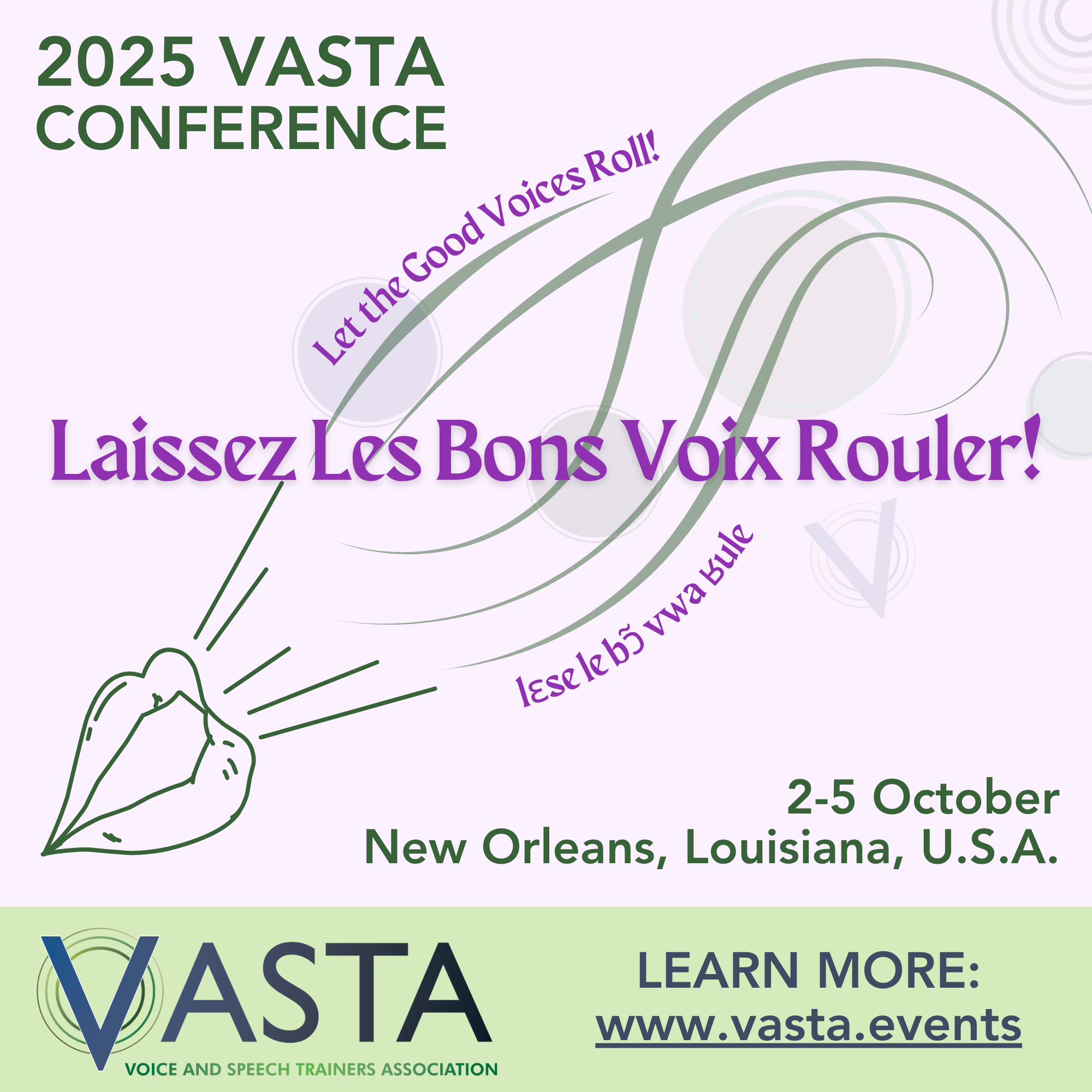India 5
Listen to India 5, a 30-year-old woman from Kerala, southern India. Click or tap the triangle-shaped play button to hear the subject.
Both as a courtesy and to comply with copyright law, please remember to credit IDEA for direct or indirect use of samples. IDEA is a free resource; please consider supporting us.
BIOGRAPHICAL INFORMATION
AGE: 30
DATE OF BIRTH (DD/MM/YYYY): 1972
PLACE OF BIRTH: Trivandrum (or Thiruvananthapuram), Kerala, India
GENDER: female
ETHNICITY: N/A
OCCUPATION: endodontist’s assistant/dentist
EDUCATION: We can assume medical training.
AREA(S) OF RESIDENCE OUTSIDE REPRESENTATIVE REGION FOR LONGER THAN SIX MONTHS:
She moved with her family to Qatar, where she attended school, which was taught entirely in English. In Qatar, she met her husband, and they moved to California, in the United States, in 1998. From there, she moved to Kansas to live with her younger brother.
OTHER INFLUENCES ON SPEECH:
She can speak four languages, though her primary language is English.
The text used in our recordings of scripted speech can be found by clicking here.
RECORDED BY: Whitney Armstrong
DATE OF RECORDING (DD/MM/YYYY): 20/11/2002
PHONETIC TRANSCRIPTION OF SCRIPTED SPEECH: N/A
TRANSCRIBED BY: N/A
DATE OF TRANSCRIPTION (DD/MM/YYYY): N/A
ORTHOGRAPHIC TRANSCRIPTION OF UNSCRIPTED SPEECH:
Well, I was born in Kerala, which is the most southwesterly point, um, in India. Um, it’s a state that’s not often talked about or thought about when you mention India, as such. Most often when you mention India, you conjure up thoughts of, um, dusty, dirty, crowded streets. And I don’t blame people for thinking that because that’s the way India is portrayed in the media for most part. But, if I could just help you re-imagine what, um, Kerala is really like. If you can think of, um, say, a sea of emerald-green palm fronds, sea breezes, the smell of coconut oil, um, animal sounds, rain, um, let’s see, sloping-roofed bungalows, that’s a glimpse of Kerala for you. The people of Kerala are called Malayalis; I don’t know why. And the language they speak is Malayalam. Being from Kerala, I understand my native tongue, Malayalam, but, um, I don’t know how to read and write it. The national language of India, which every Indian is required to learn in school, is Hindi, and I can read and write and speak it to some extent. Most all Indians who, um, receive a normal education would learn English as a second language, if not the first language at school, so most Indians, um, can understand English, though they might speak it differently and their accents would parallel their native tongue, which is the case with all people who speak English as a second language. OK, let me first start with a greeting in Hindi and usually bring your hands together and say [speaks a Hindi text]. It translates as, uh, “For whosoever believes in the name of Jesus shall be saved.”
TRANSCRIBED BY: Whitney Armstrong
DATE OF TRANSCRIPTION (DD/MM/YYYY): N/A
PHONETIC TRANSCRIPTION OF UNSCRIPTED SPEECH: N/A
TRANSCRIBED BY: N/A
DATE OF TRANSCRIPTION (DD/MM/YYYY): N/A
SCHOLARLY COMMENTARY:
Subject’s diction is impeccable, and her speech, in general, sounds very British, thanks to her schooling. An obvious difference in her speech is that she pronounces the “v” sound as a “w” sound; thus words such at “veterinary” sound like “weterinary.” Occasionally a slight “d” sound can be heard instead of the “th” sound. Her style of speaking is very clean, and she speaks in full sentences.
COMMENTARY BY: Whitney Armstrong
DATE OF COMMENTARY (DD/MM/YYYY): N/A
The archive provides:
- Recordings of accent/dialect speakers from the region you select.
- Text of the speakers’ biographical details.
- Scholarly commentary and analysis in some cases.
- In most cases, an orthographic transcription of the speakers’ unscripted speech. In a small number of cases, you will also find a narrow phonetic transcription of the sample (see Phonetic Transcriptions for a complete list). The recordings average four minutes in length and feature both the reading of one of two standard passages, and some unscripted speech. The two passages are Comma Gets a Cure (currently our standard passage) and The Rainbow Passage (used in our earliest recordings).
For instructional materials or coaching in the accents and dialects represented here, please go to Other Dialect Services.
 IDEA: International Dialects of English Archive
IDEA: International Dialects of English Archive



